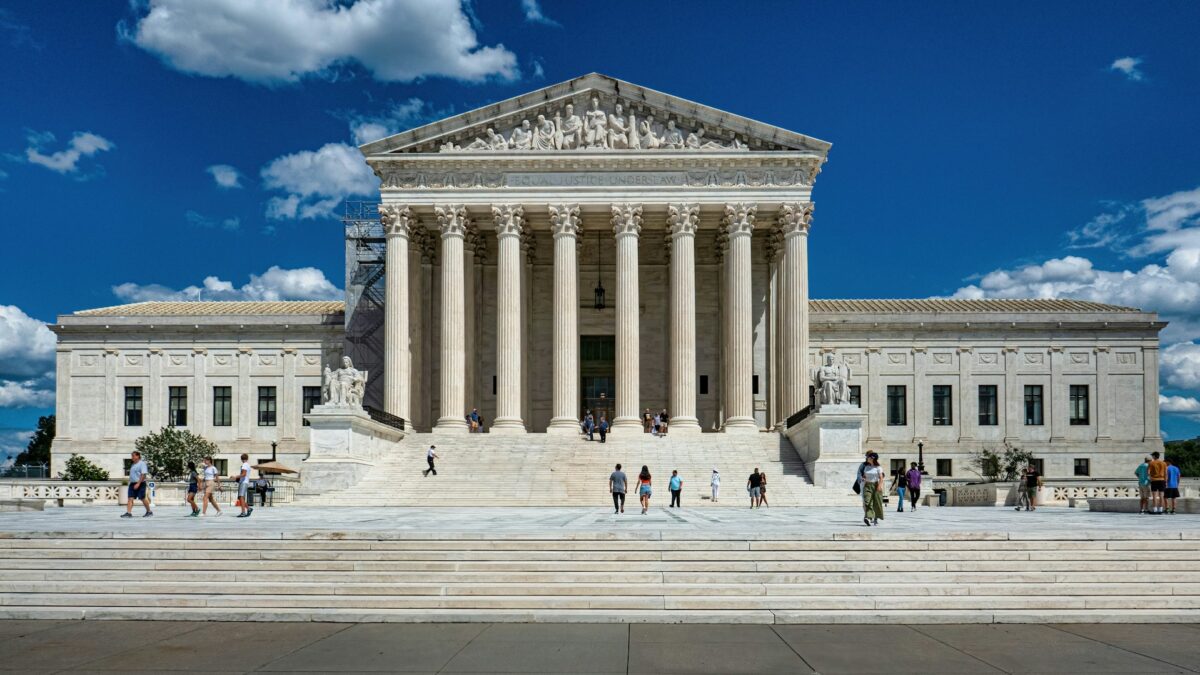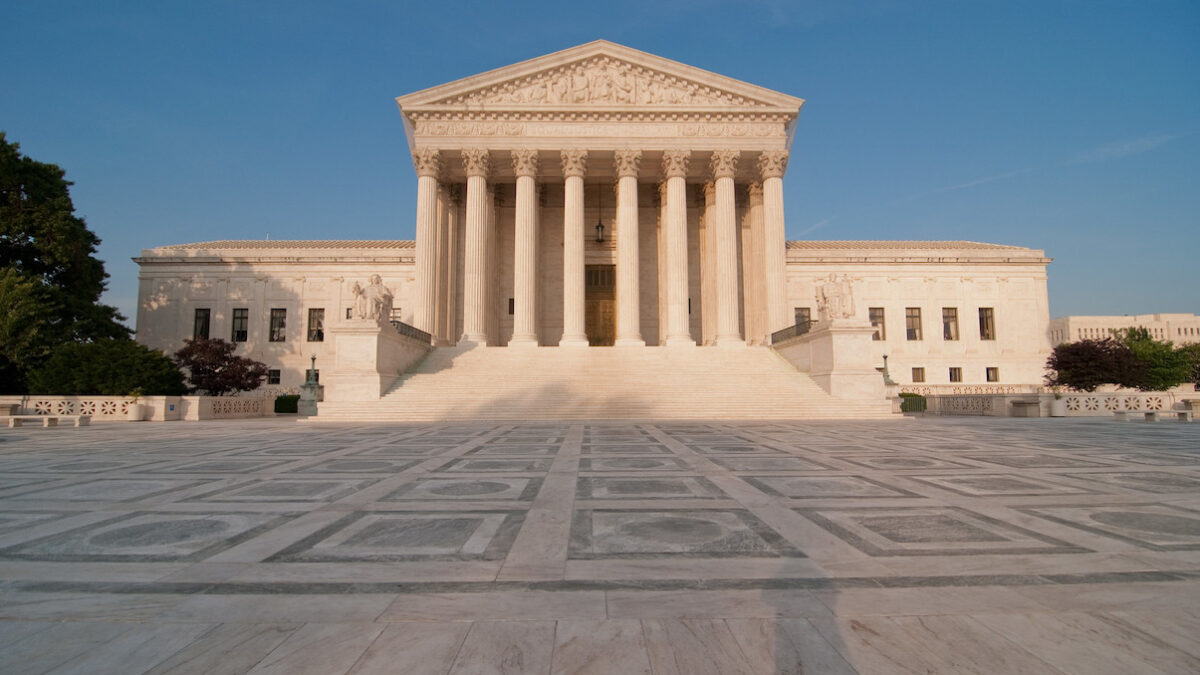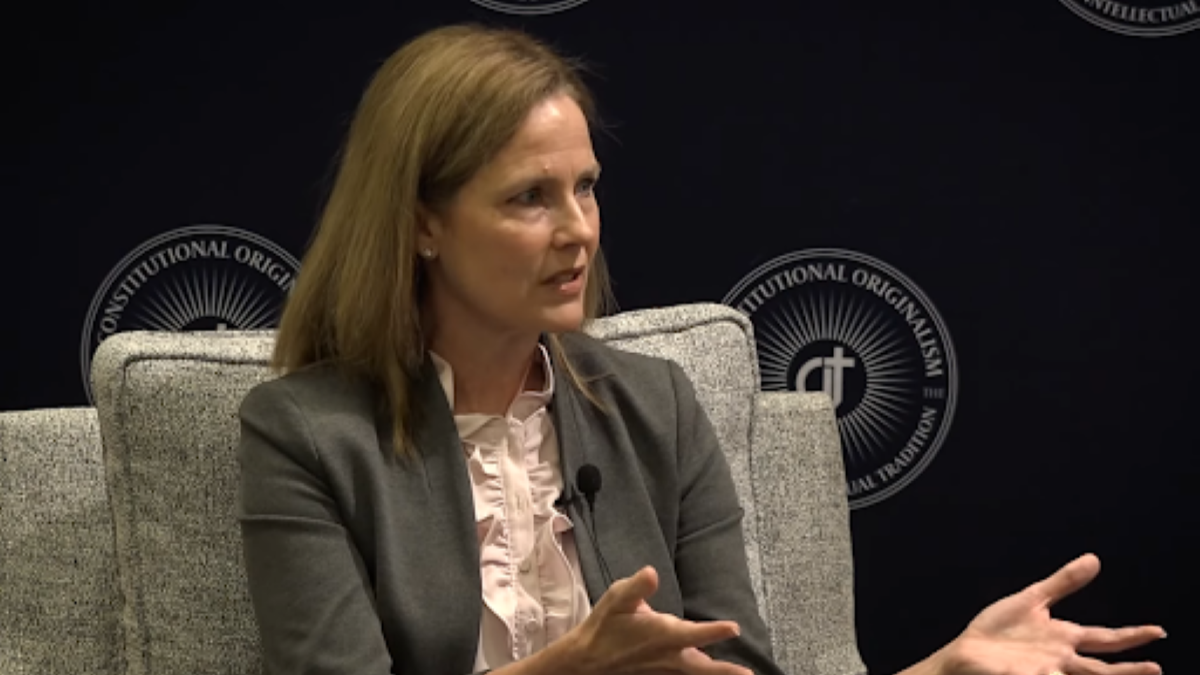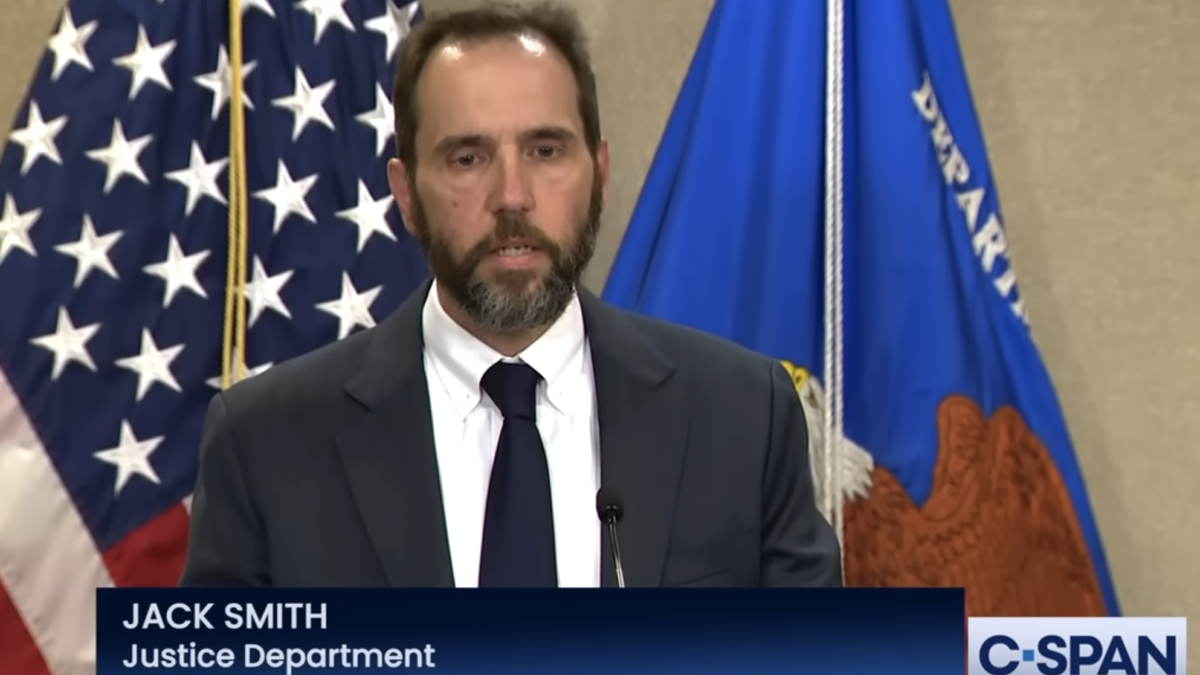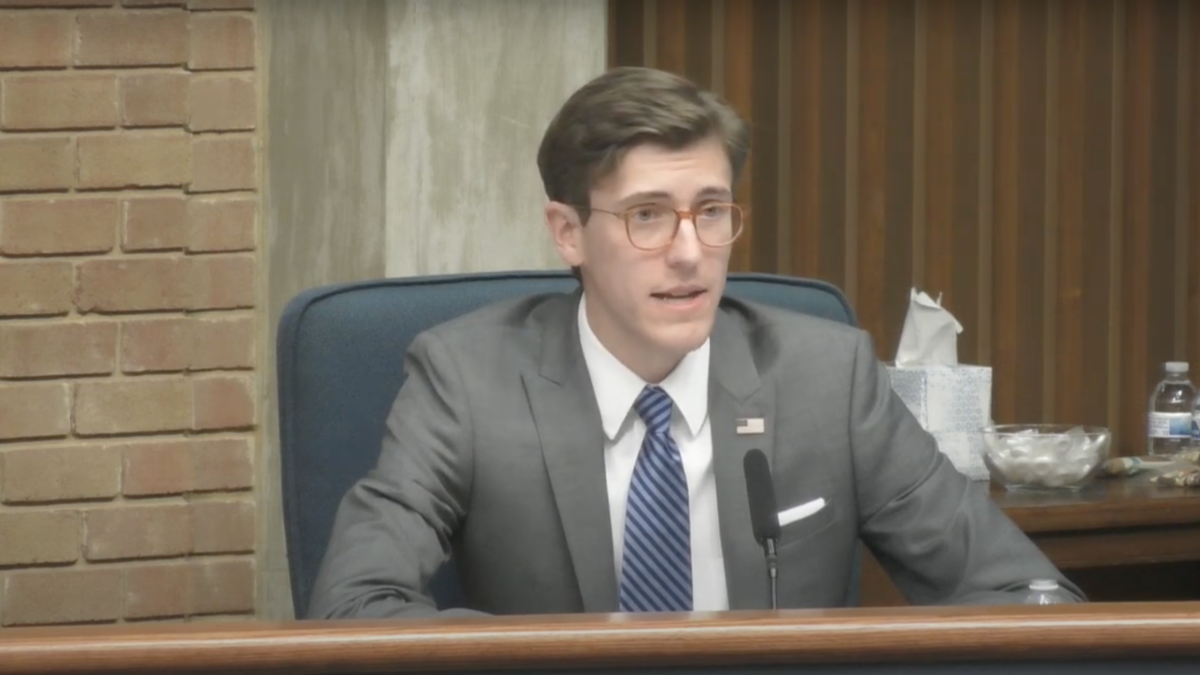Last week proved destructive not merely to Joe Biden’s presidential campaign but also to the administrative state and Biden’s fellow Democrats’ exploit to control the country. Two Supreme Court decisions bookending Biden’s disastrous debate foretell a coming decade in which the judicial branch will work to dismantle the abusive power unconstitutionally seized by the alphabet soup of federal agencies born since the New Deal.
Friday’s Supreme Court decision overturning the Chevron doctrine represented the most obvious blow to the administrative state. The Chevron doctrine “require[d] courts to defer to an agency’s interpretation of an ambiguous statute so long as the agency’s interpretation [was] ‘reasonable.’” Deference under Chevron was demanded even in cases where the agency’s view of the statute was not the best, so long as a court found it “reasonable.”
In practice, Chevron deference provided the administrative state a powerful tool to appropriate lawmaking authority from Congress, explaining why it has long been known as our “fourth branch” of government. By declaring statutory language ambiguous, federal agencies have, for years, succeeded in expanding their authority — and making laws in Congress’s stead.
The facts underlying the twin cases of Loper Bright and Relentless, wherein the high court overruled Chevron on Friday, provide a perfect example of the administrative abuse that follows a finding of ambiguity. Those cases both challenged the Department of Commerce’s rule that fisheries pay the salaries of monitors directed by the agency to travel aboard the boats during fishing trips. The daily cost of such monitors exceeds $700 — more than some captains made and, at times, costing the fisheries more than the value of their catch for the day.
The Department of Commerce claimed it had the authority to charge the fisheries for the cost of monitors based on statutory language that delegated authority to the agency to “prescribe such other measures, requirements, or conditions and restrictions as are determined to be necessary and appropriate for the conservation and management of the fishery.” Relying on Chevron deference, the lower courts upheld the agency’s rule mandating the fisheries pay for the cost of the government-mandated monitors.
The Supreme Court reversed and, in doing so, overturned Chevron, holding that doctrine violates the Administrative Procedure Act or “APA.” The APA requires courts to “hold unlawful and set aside agency action, findings, and conclusions found to be … not in accordance with law.” The court in Loper Bright/Relentless held that the APA requires courts — and not agencies — to interpret statutory language. Deferring to an agency’s interpretation of the law thus conflicts with the APA, the high court held.
While Friday’s decision in the fishery cases received the most media attention, the Supreme Court’s Thursday morning decision in SEC v. Jarkesy provided an earlier contraction of the administrative state’s power. In Jarkesy, the Supreme Court held the Securities and Exchange Commission violated George Jarkesy’s Seventh Amendment right to a jury trial by fining him $300,000 for alleged civil security fraud. The case was decided in-house by the SEC and an administrative law judge, rather than in federal court with a jury.
The SEC is but one of scores of federal agencies that use administrative proceedings to “try” citizens for alleged violations of their rules and regulations — serving simultaneously as prosecutor, judge, and jury. Thus, while Jarkesy concerned only the SEC’s civil enforcement proceedings, the effects of the decision on the administrative state, like that of Loper Bright/Relentless, will be substantial.
But it isn’t merely the holdings in the trio of cases that provide hope for the eventual dismantling of the administrative state — a “federal Leviathan” so powerful and intrusive in American society that unelected bureaucrats “govern almost every aspect of modern life, including who may use what bathrooms.” The court’s analysis in last week’s decisions, coupled with the various concurrences, suggests Jarkesy and Loper Bright/Relentless are merely the foreshocks for the real seismic shift that will resettle power away from administrative agencies and to the proper branch of government, as mandated by our constitutional order.
Consider, for instance, the holding in Loper Bright/Relentless: In that case, the court overruled Chevron based on the APA, holding the deference doctrine conflicted with the statutory language. However, the majority opinion’s analysis began not with the statute, but with the Constitution and Article III’s assignment “to the Federal Judiciary the responsibility and power to adjudicate ‘Cases’ and ‘Controversies’ — concrete disputes with consequences for the parties involved.”
The chief justice then traced the doctrine of judicial review from the framers to Marbury v. Madison, and through “the following decades,” before concluding that interpreting the law, as a last resort, is “a ‘solemn duty’ of the Judiciary.” After stressing its “solemn duty,” as the head of the third branch of government, to interpret the law, the court discussed the gross expansion of federal agencies under the New Deal. It was only at this point that the majority opinion focused on the text of the APA, highlighting first that Congress enacted that statute in 1946 “as a check upon administrators whose zeal might otherwise have carried them to excesses not contemplated in legislation creating their offices.”
“It was the culmination of a ‘comprehensive rethinking of the place of administrative agencies in a regime of separate and divided powers,’” the chief justice stressed.
This constitutional sojourn proves significant when read in light of Loper Bright/Relentless’s statement that “[i]n a case involving an agency, of course, the statute’s meaning may well be that the agency is authorized to exercise a degree of discretion.”
“Congress has often enacted such statutes,” the majority opinion noted, before adding: “When the best reading of a statute is that it delegates discretionary authority to an agency, the role of the reviewing court under the APA is, as always, to independently interpret the statute and effectuate the will of Congress subject to constitutional limits” (emphasis added).
That “subject to constitutional limits” language is a huge caveat, to which Justice Thomas’ concurrence provided life. While the majority opinion’s holding rested on the plain language of the ADA, Justice Thomas wrote separately to stress the “more fundamental problem” with Chevron deference. “Chevron deference,” Justice Thomas explained, “also violates our Constitution’s separation of powers.”
The originalist stressed that “[t]o provide ‘practical and real protections for individual liberty,’ the Framers drafted a Constitution that divides the legislative, executive, and judicial powers between three branches of Government.” And in addition to infringing on the judicial power afforded the courts, “Chevron deference compromises this separation of powers” by expand[ing] agencies’ executive power beyond constitutional limits.” The “formulation of policy,” Thomas added, cannot be exercised by the executive agency without representing an unconstitutional exercise of the “legislative Powers vested in Congress.”
While none of the other justices joined Thomas’ concurrence, the six-justice majority in Loper Bright/Relentless all signed off on Chief Justice Roberts’ opinion. And that majority opinion both stressed constitutional separations of powers and agreed the court’s duty of interpreting statutes was “subject to” the constitutional limits facing Congress.
These details foretell of future Supreme Court decisions further contracting the administrative state — not based on the APA but premised on the structural dictates of the Constitution, which places lawmaking authority solely in the hands of the legislative branch.
Justice Gorsuch’s concurrence in Jarkesy, which Justice Thomas joined, provides additional evidence that the Supreme Court is poised to find our constitutional structure further limits the administrative state. In his concurrence in that case, Gorsuch explained his view that Article III and the due process clause, as much as the Seventh Amendment, precluded Congress’s delegation of decision-making from the judicial branch to the SEC. Gorsuch expressly rejected the Biden administration’s view that “at a minimum,” Congress could “create new statutory obligations, impose civil penalties for their violation, and then commit to an administrative agency the function of deciding whether a violation has in fact occurred.” Such legislation would violate Article III of the Constitution, the due process clause, and the Seventh Amendment, the concurrence explained.
The focus on Article III again suggests the justices are entering a new age of jurisprudence — one which reconsiders whether the country’s current administrative state can be reconciled with foundational principles of separation of powers. And if Jarkesy and Loper Bright/Relentless provide any clue, it is that the Supreme Court will conclude the so-called fourth branch of government has but narrow authority — given that our framers separated power in the Constitution among only three branches of government.
